The first five hours or so of Divinity 2 are a slog. Even with the difficulty dialed way down, the early game is so unbalanced for a melee specialist—what with armies of archers firing arrows from afar—that my health bar is always down to the dregs. Potions are scarce so to survive, I listen for clucking. This is my version of a mighty hero: I find loose chickens, and I kick the meat off of them. Then I can head back into battle, shortsword in one hand, drumstick in the other.
The punishing opening is why I bounced off it the first time I played, unable and increasingly unwilling to chip away at its rough edges. It’s one of many reasons that Larian’s Divinity 2 received average reviews when it came out ten years ago, with detractors also citing frequent bugs, a fiddly UI and uneven difficulty. It was a quintessentially janky, small-budget European RPG, at a time when there seemed to be a million of them. There was little to suggest that eight years later the same developer would make one of the greatest RPGs of all-time, Divinity: Original Sin 2. The idea that Larian would someday be entrusted with one of the crown jewels of the western RPG canon, Baldur’s Gate 3, would have been unthinkable.
Perhaps the foundations were already there. Larian’s writing director, Jan Van Dosselaer says he feels touches of Larian magic whenever he returns. “It still has that Larian vibe,” he tells me over Skype from his home in Belgium. “It looks vastly different…but I still definitely recognize the studio [in it].”
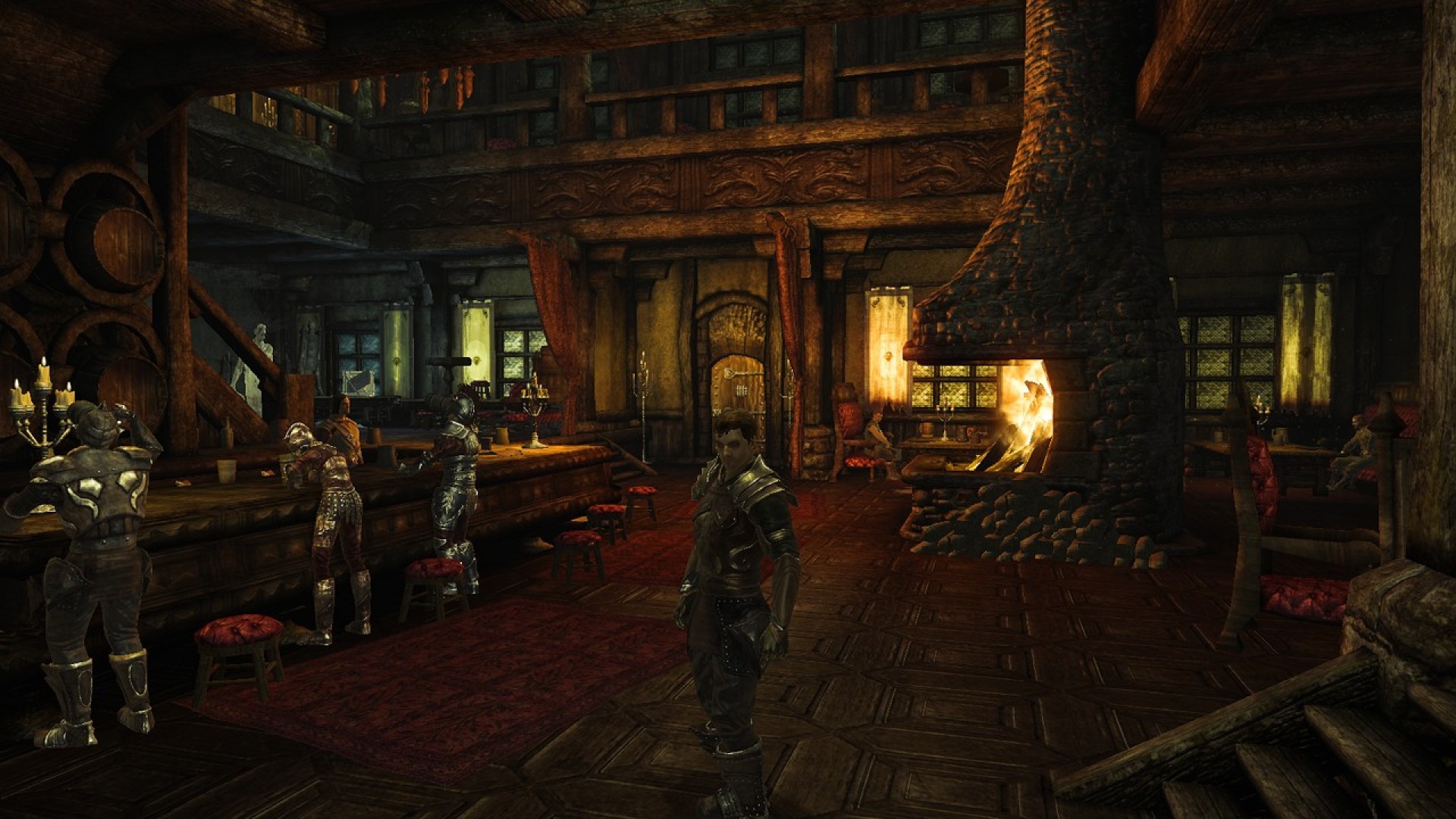
Divinity 2 was Van Dosselaer’s first big writing gig: he “came out of nowhere” into Larian’s small team, he says, and sees his own hand in every character and side quest. He was young and still learning his craft, and it comes across in many of Ego Draconis’ jokes, which land with a clang. Says one woman, storming out of a tavern in the starting village, raging about the perverts inside: “Fanny is a perfectly nice name, whatever the connotations.”
The game is full of these sorts of shallow, one-joke stereotypes. The slurring, drunken blacksmith has an Irish accent, and the enchanter Wesson’s wife, Ginny (her marriage essentially defines her), simpers and fawns behind her husband while complaining about how another man had grabbed her on the “…well I won’t tell you what, but it was very inappropriate!”
The casual, joking sexism is of a piece with the skimpy armor the thin, busty female characters generally wear (in contrast to their generally unremarkable male counterparts). When I point it out, Van Dosselaer seems more than a touch embarrassed. He’s quick to admit there were “too many slapstick jokes going for the easy laugh.” Simply put, he only “learned to write” after Divinity 2, he says. “I probably went for a lot more of the stereotypes, and made it easy on myself. I was definitely less mature when I wrote that game… it's been a while since I played, but I’m sure there will be some lines where I think, ‘Jesus Christ, did I really write that?.”
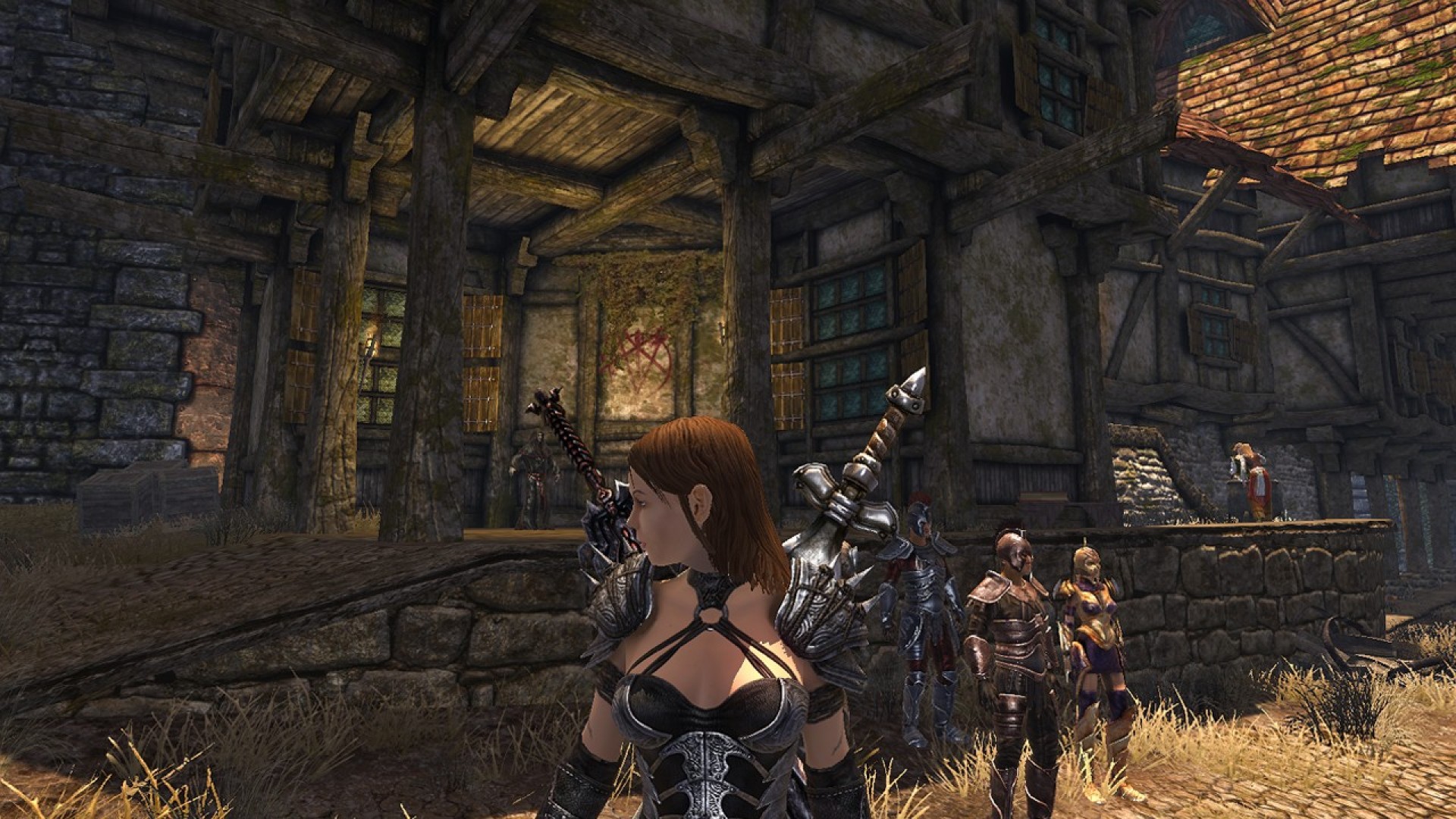
Van Dosselaer wasn’t the only one who needed to do a fair bit of learning and growing. In 2014’s Divinity: Original Sin, female characters wore high heels, and during development the team altered what founder Sven Wincke called “bikini armor” following fan backlash. In the comments on a 2015 blog post, Wincke said there were “fewer women working at Larian when we started on [Original Sin] than there are now, and nobody on the team realised that this was going to be an issue.” This lack of awareness is emphasized by the title of Wincke’s 2015 blog post: “Where are the women?” Its main subject was his own surprise at Original Sin’s relative lack of female players. That this was a mystery to anyone at the studio suggests the size and pervasiveness of the blindspot.
If the humor of Divinity 2 seems desperate, much of the rest of the game has a similar vibe. Wincke’s grand vision for Larian was to “recreate for other people the same experience I had with Ultima VII”, seen by many as the greatest RPG of all time. But the development of Divinity 2 went badly off-track, and made “so many compromises… that what shipped was but a shadow of what I had envisioned it to be”.
He’s previously spoken of how the game released essentially unfinished because of pressure on its publishers. “They did what a publisher does in those circumstances; they release a game too early,” he told GameInformer in November. When [it] came to market it wasn’t ready. It got [shit] reviews. Almost killed us. Really dark period for the studio.”
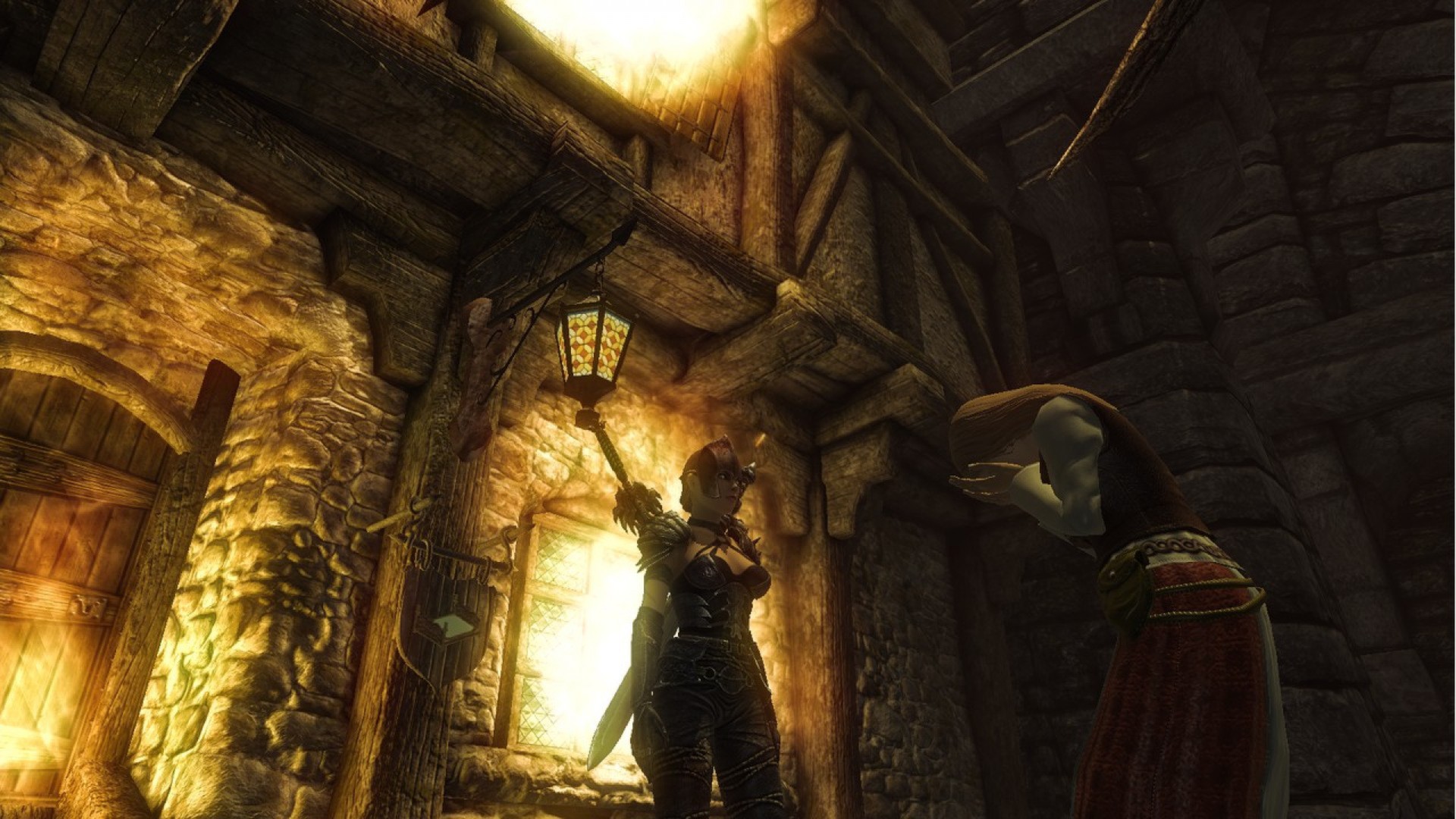
Van Dosselaer also tells me the scope of the game was massively cut back, mainly because of time and budget, including the loss of three or four entire maps that would’ve slotted into the late game and fleshed out the story. “It was really that huge in scope, and it was cut, cut cut,” he tells me.
Divinity 2 is shaped in large part by a need to conceal those cuts. When I mention my early game fetch quest struggles in Divinity 2, Van Dosselaer says it was partly a “sign of the times,” and partly the result of having to fill gaps in large areas, the trend at the time being to create expansive maps. “It's how games worked, I guess,” he says. “Broken Valley was quite a big [map] to run around… I remember we would look at it, and you would have these empty spots and then think: ‘What could go here?’ You think of a little story and then guide someone from there.”
Now, with its expanded team, Larian is able to commit more time and energy to making quests feel bespoke. Van Dosselaer admits having a larger team means the games now feel “less personal” to him (although he still finds “pockets” where he can make his mark), but far more polished. “You can definitely tell we learned a lot. That's one of the rules now as well: no fetch quests.”
Van Dosselaer’s writing in Ego Draconis certainly has merits, and I find flashes of the style he’d later develop. Certain characters land: Bellegar, an eccentric wizard who speaks in rhyme (“Fire, storm and deadly blast: that, my friend is how you cast”) appears sparingly but became a fan favorite. It was the “outrageous” characters that Van Dosselaer is fondest of, including Sassan, a reanimated, patchwork corpse who talks with a lisp because her tongue is half melted away. The Original Sin games manage to instantly characterize NPCs through memorable traits that speak to an underlying personality, and you can see the shoots of that in Divinity 2.
Its main quest never tries to be too complex. The core storyline is fairly short, and most of the time it’s clear where you’re heading, even if your quest log is full of distractions. Sentinel Island is a good example: you’re dropped into an open area and told you must pick a necromancer, an enchanter, a trainer and an alchemist to take onwards with you. If you wanted, you could do it in ten minutes, but I spent hours wandering around, finding secrets.
Van Dosselaer sees the merits of this simplicity. Again, he stresses he was still learning to write, and a “lot more work” went into the Original Sin stories. But there’s something to be said for just having a “couple of points that you want to get across: these are the stages of the journey that we have to meet.” It strikes me that Larian has, broadly, stayed true to this philosophy, even as its stories have grown immeasurably more ambitious. The Original Sin games are still split into separate acts that ferry you from one point to another—what’s changed is the level of freedom you have to choose your routes, the number of distractions within each act, which are essentially big sandboxes, and the complexity with which plot lines overlap, rather than the story structure.
Despite that, I can still feel a depth to the world that I’ve come to associate with Larian: a sense of history in the way characters speak about their surroundings that goes beyond simply referencing the events of Divine Divinity (the studio has made tremendous strides with titles as well). Games with complex histories often bore me by trying to tell me too much, too quickly, leading to drawn-out conversations. In Divinity 2, dialogue is kept brief: clicking an option to explore a topic yields a few paragraphs, but nothing more. It gives me the confidence to carry on clicking, knowing that I won't have to sit through a long monologue. Each character tells me less than I'd learn from a lore dump, but I'm willing to give them my time, and therefore soak up the world's history, bit by bit.
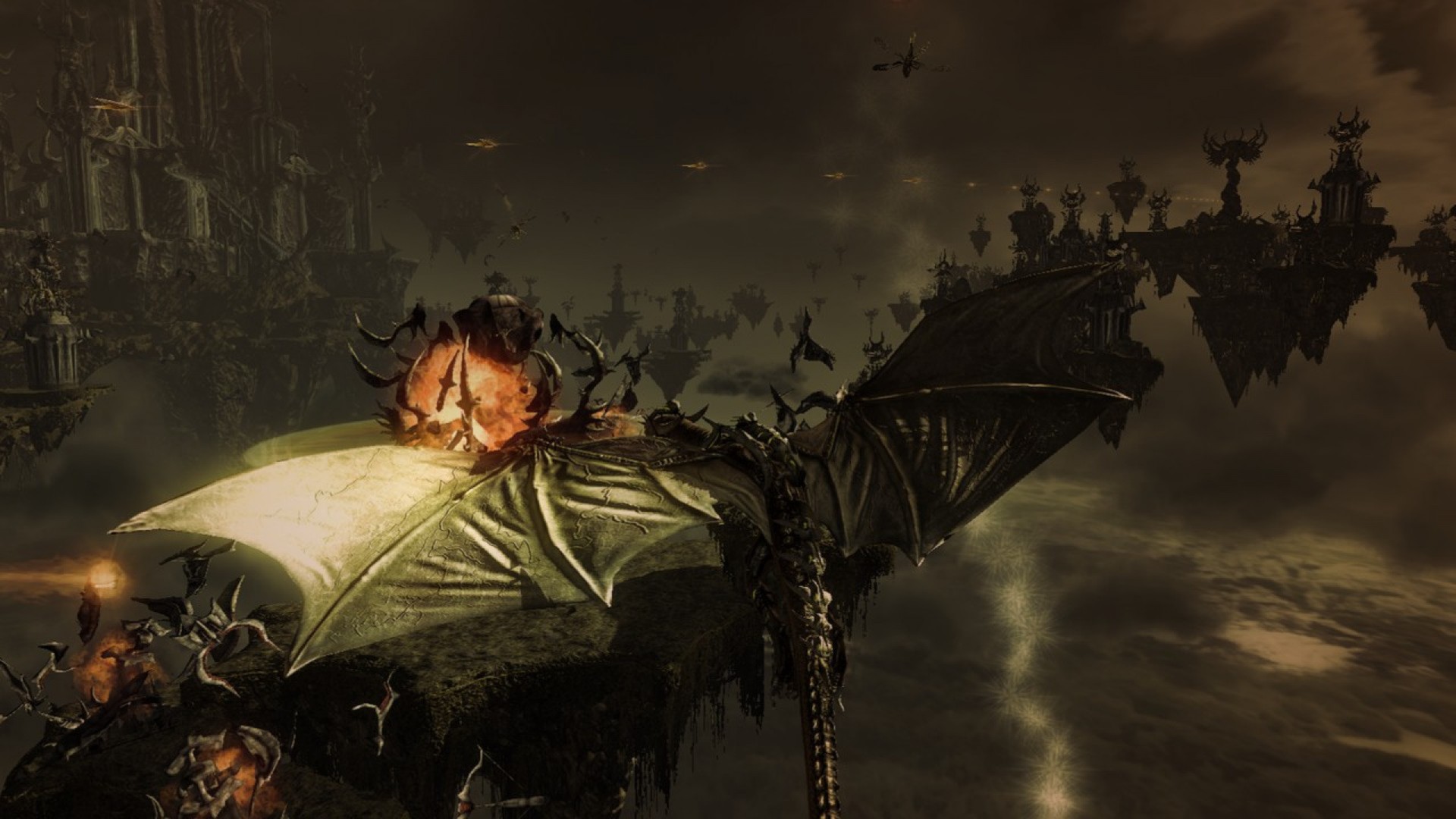
Van Dosselaer says his favourite part of Divinity 2 is Flames of Vengeance, an expansion set in the city of Aleroth and included in the 2011 re-release The Dragon Knight Saga. It was initially the finale to the main game but was cut, and Ego Draconis therefore ended (without spoiling too much) on a sour note. “We say, at some point, we're not going to make it. Flames of Vengeance was where the grand finale was going to be, and you just have to say, okay, let's sit down, where does our story stop working? And then rewrite a new alternative ending.”
Aleroth, with its fleshed-out ending, feels far more like a Larian setting. A lot of the expansion is essentially an extended fetch quest where you must seek five wizards, each of whom has a clue for finding the mage Behrlihn. But it doesn’t feel like a fetch quest: searching for each wizard takes you through multiple other quests, from a murder mystery in a brothel to a vegetable hunt given to you by a talking painting. Van Dosselaer describes it as “a quest extravaganza” where you can’t get bored. “There's really something around every single corner, in every nook and cranny there's something to find, and you have to do a whole bunch of weird things to.”
I don’t swing my sword for a full 90 minutes because there’s so many characters to talk to, from a pair of goblins who want to fight for the Champions of Aleroth, but are barred because they don’t have the right gear, to a man whose house has been ransacked and needs your help. You can oblige, or—much more fun—you can agree to help, but only if he gives you some money for a new helmet (when he later returns to plead again, you can ask for a new shield, too).
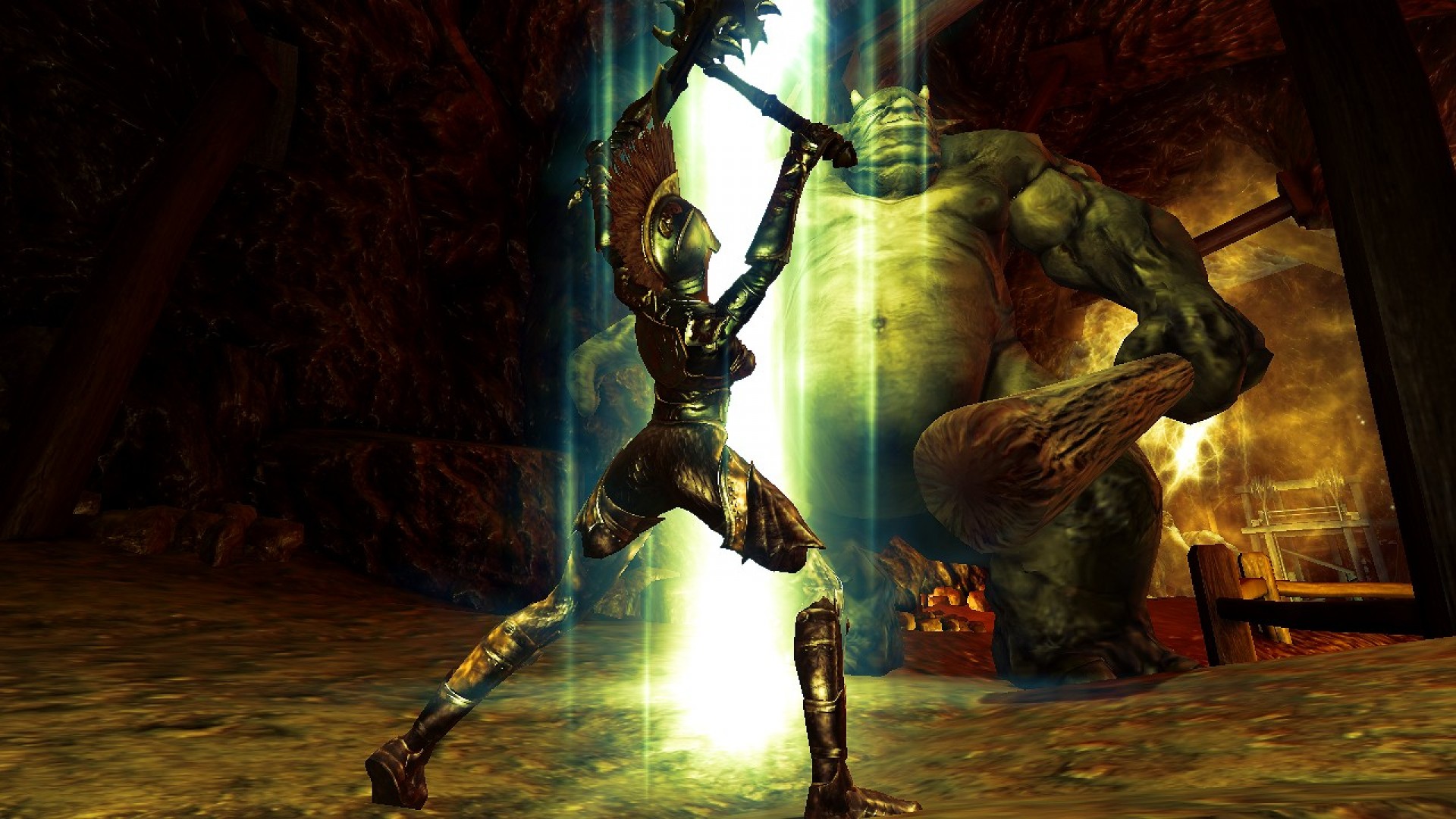
When I unsheathe my sword—two hands this time— Divinity 2's combat suddenly clicks. Early in Ego Draconis, I was hampered by a lack of abilities, but in Aleroth, I’m handed an abundance of character points to spend. I dump them all into two-handed swords and passive skills that can sustain me in battle, such as life leech, regenerate, and reflect.
Hacking through the ghosts that haunt the citizens of Aleroth, I feel the closest connection to Larian’s latest work. The more I return to Original Sin 2, the more I realize it’s not the story that keeps me coming back, excellent as they are, but the tactical combat. At its most simplistic, I know that if I chuck an oil flask and then use a spell to set it on fire, enemies will crumple. I know that, if I have the Blood Sucker necromancy skill, I can heal characters by getting them to stand in pools of blood on the battlefield. I can feel that synergy between character skills in Flames of Vengeance, despite the fact you can only play solo, and despite the fact its combat happens in real-time.
It reminds me that, at its best, Larian's role-playing comes not from its characters or worlds—excellent though they can be—but through mechanical flexibility; not from dialogue choices or a branching story, but from skills, character points, and inventory slots. It's not exactly what I'd expect from Ultima VII reborn but, given that it's given us one of the best RPGs of our age, I'll take it.
from VICE https://ift.tt/2Rfh07k
via cheap web hosting
No comments:
Post a Comment